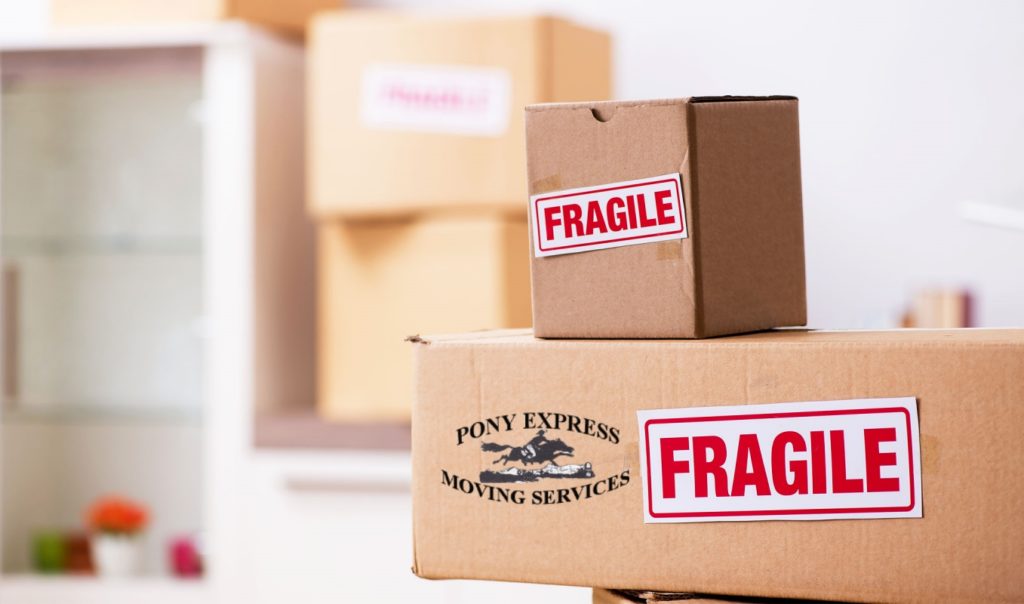Moving at any time of year can be stressful, but it can be even tougher when you Moving In Freezing Cold Weather. From snow on the ground to bitter cold temperatures, moving during the winter comes with its own set of challenges.
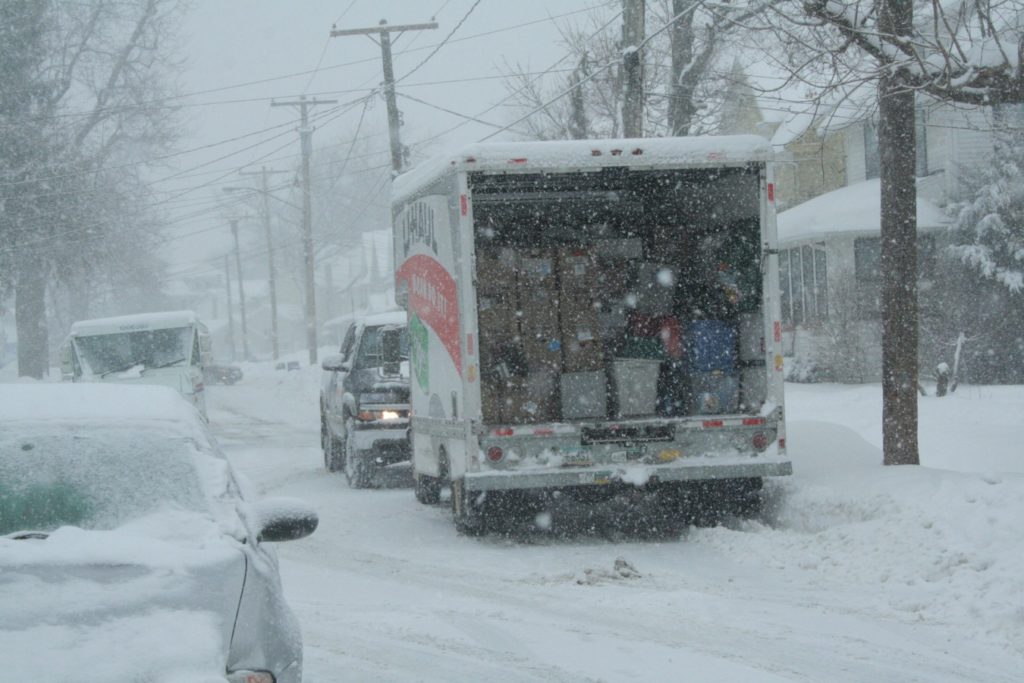 Read on for tips to make your winter move as smooth and stress-free as possible.
Read on for tips to make your winter move as smooth and stress-free as possible.
Be Prepared to Be Flexible
The weather can be unpredictable in winter; it’s clear one day and then dumping down rain or snow the next. In addition, you may have to deal with wind, hail, or other wild weather. In the weeks leading up to your move, keep a close eye on forecasts and potential conditions.
If there is a large storm coming through on the day you plan to move, you may wish to contact your movers or truck rental company and reschedule. This may not be possible for you, but with their lighter workload in winter, this shouldn’t create too much of a problem for the vendor. After all, they don’t want to be out in that blizzard any more than you do!
Start Packing Well in Advance
Don’t wait until moving day to start packing up your belongings. The sooner you start, the easier it will be for everyone involved.
Prepare Your Home for the Move
Before you start loading anything into the truck, car or storage container, create a safe environment.
Winter weather conditions can make moving more dangerous than in summer, spring or fall. Before you start loading anything into the truck, car or storage container, take care to create a safe environment.
Shovel away any snow, making sure to create a wide path to allow for moving large furniture from your house. Also, ensure that your walkways are free of ice. Using a de-icer or anti-icer on your steps and sidewalks is a good solution. The last thing you want is to slip and fall causing injury or breaking any fragile items.
You might also want to consider creating shelter along exposed areas. Large party tents and tarps create excellent coverage from rain, but if you’re dealing with snow, make sure to use something that can withstand the weight, or that has an angle to slide the buildup off.
For the inside of your home, lay down plastic sheeting to protect your floors. You and the movers will be in and out of the house frequently, tracking in moisture, snow and dirt, so you’ll want to protect your floors from stains, scratches, or the need for excess cleaning. You’ve got plenty of other things to worry about on moving day; scrubbing mud out of your carpets after you’ve moved out shouldn’t be one of them.
Protect Your Belongings from the Weather
When packing your items, take special care to protect certain items from the cold.
Breakable items, like dish ware and glass, are particularly susceptible to temperature changes and can crack or break if the temperature shifts too quickly. Double-wrapping everything in thick blankets can help ease the transition from the warmth of your house to the cold of the container. You may want to consider loading these items into your moving container last, and unloading them first, to minimize their exposure to extreme cold.
Another option is to pack these items in your car, rather than in the moving container. Electronics are another item that should be packed in your car, as they are also easily affected by the cold. Wait until you’re about to leave before loading these items to keep them as safe as possible.
Take Good Care of Your Movers
Moving in winter weather is much more difficult than in summer, so it may be best to hire professionals to load and unload your belongings. They will have a lot more experience with winter moving than you do, so they’ll be better equipped to deal with the challenges that come up.
To thank them for all their hard work, prepare a pot of coffee, hot cocoa or apple cider (non-alcoholic, of course!) to warm them up when they need to take a break. There is no doubt that they will greatly appreciate it.
Prepare Your Car for a Long Distance Move
If you’re moving a long distance, have your car serviced prior to the move to confirm that everything is running properly. Just in case anything does go wrong, pack warm blankets, coats, hats and gloves in the car rather than with the rest of your belongings in the moving container or truck. You don’t want to be stranded on the side of the road without warm clothing.
Load up anything else you’ll need for driving in cold weather, like tire chains and ice scrapers, so you’ll be prepared for anything that might happen while on the road. It’s always better to be over-prepared than underprepared, that way you’re ready for anything.
Allow Extra Travel Time
Driving in snow or in inclement weather always takes longer than driving on clear roads, so allow plenty of extra time to get to your destination. If movers will be meeting you at your new home to unload your belongings, keep in contact with the driver so they’ll know if any schedule changes come up.
Plan out your route in advance, but be prepared to make changes on the fly. Snowplow schedules are not always predictable, so you may find that your preferred route is unavailable. Most smartphones these days come with mapping apps that will adjust your route if there are possible traffic issues that might slow you down.
Make Sure Your New Home is Set Up for Unpacking
As you did with your previous home, make sure that all walkways are clear and ice-free, and lay down protection for your floors before you start moving things into your new home.
Since it gets dark much earlier in winter, you should also plan the timing to unpack your things. If you’re moving with a portable storage container, find out when it will be delivered to your new home. If it’s later in the day, you may want to leave your things in the container overnight rather than starting to unpack right away. That way, you can start fresh in the morning when you have plenty of light.
If you have to unload in the dark, make sure you check exterior lighting in advance to make sure they’re all working. Hanging lights or headlamps are two other options that will help light your way towards a better after-dark move!
This may sound like a no-brainer, but you’ll also want to make sure that the utilities are on in your new home they day before you unpack!
Take a Deep Breath
Moving in winter isn’t easy, but with proper planning and care, your stress can be minimized.
Save money with Pony Express Moving Services When Moving In Freezing Cold Weather. Lower prices than traditional moving companies and you don’t have to drive! Free moving quotes.
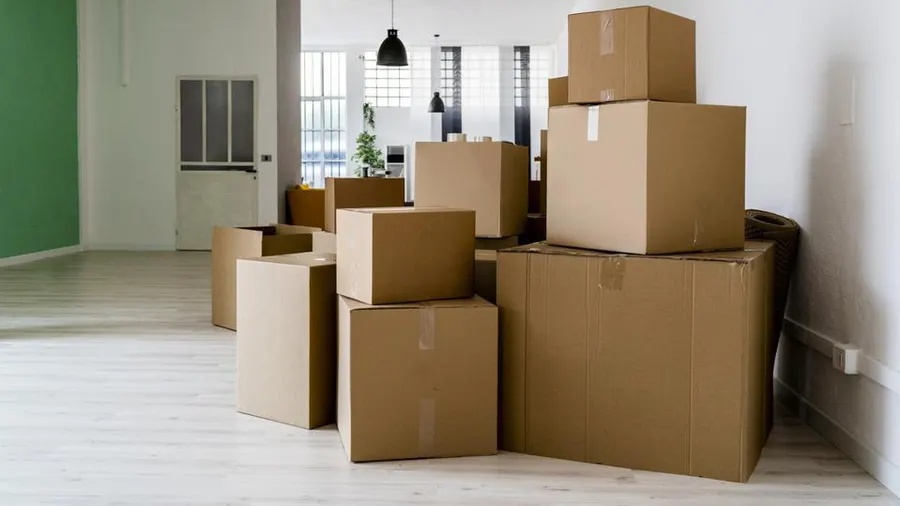 Choosing the Right Boxes
Choosing the Right Boxes
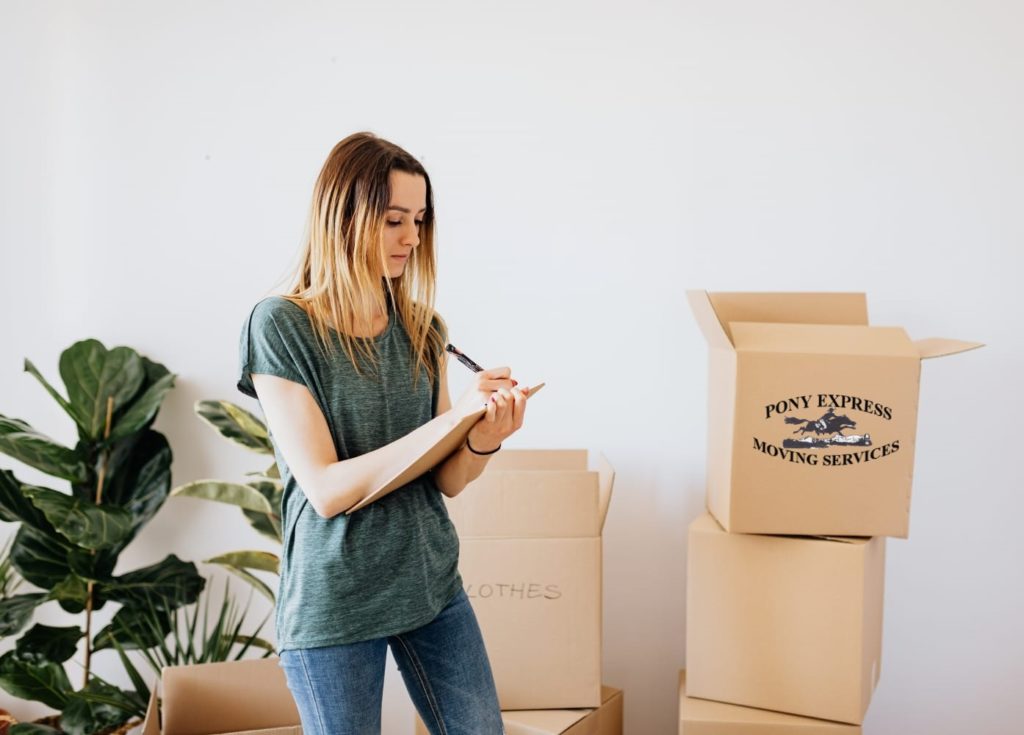 1. Make sure that you double-check all the moving details with us prior to your move. Remember, we can move in almost any type of weather. However, if you were to be dealing with several feet of fresh snow, it may mean having to postpone by a few hours until the roadways have been cleared.
1. Make sure that you double-check all the moving details with us prior to your move. Remember, we can move in almost any type of weather. However, if you were to be dealing with several feet of fresh snow, it may mean having to postpone by a few hours until the roadways have been cleared. Read on for tips to make your winter move as smooth and stress-free as possible.
Read on for tips to make your winter move as smooth and stress-free as possible.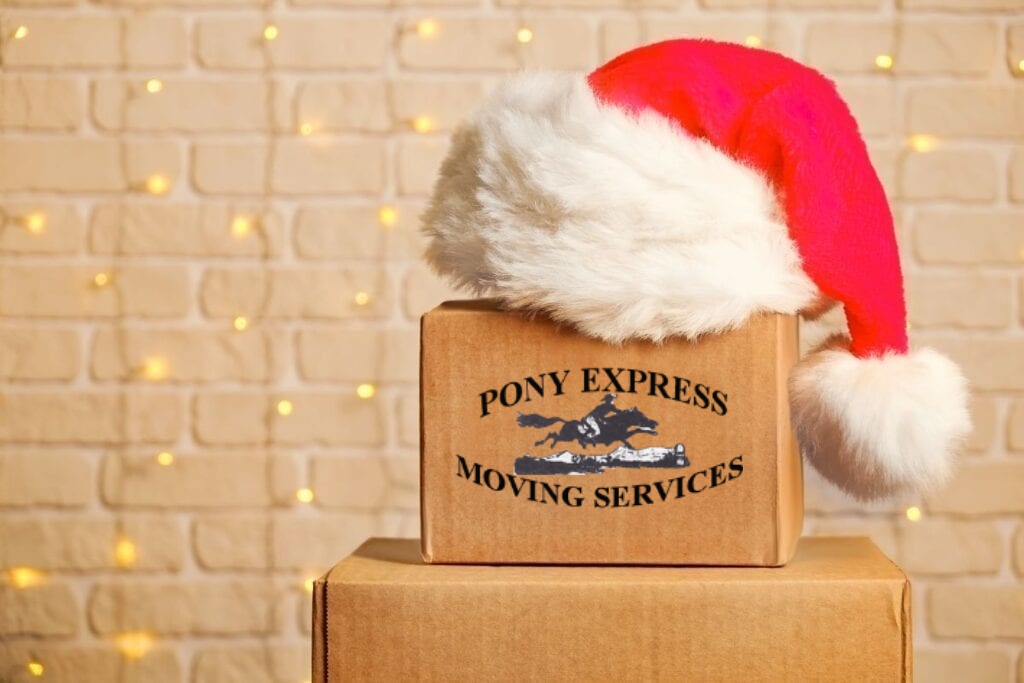 Tips for moving during the holidays
Tips for moving during the holidays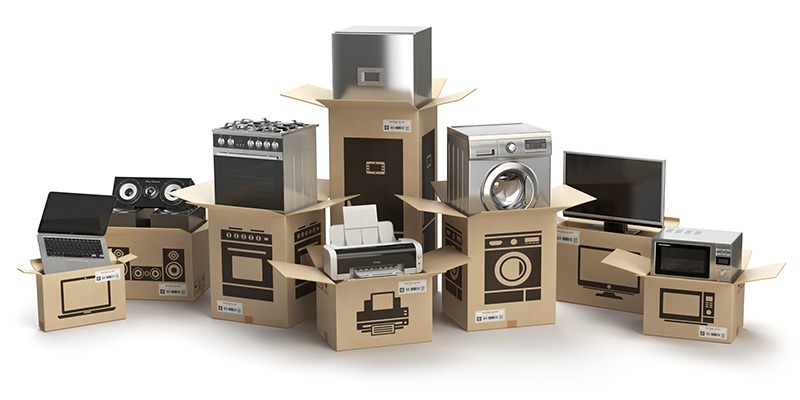 Audio and Video Components
Audio and Video Components
 Larger Homes & Yards vs. More Maintenance
Larger Homes & Yards vs. More Maintenance